The Magnificence of Versailles: A Glimpse into the World of Louis XIV
In the interview, Andrew Heard, the Visitor Programmes Manager and curator of “The Power of Image: Versailles & the Sun King” at Ushaw Historic House, Chapels & Gardens, shared his insights and experiences on putting together the exhibition. He discussed the challenges of showcasing such an iconic historical site and the need to bring new perspectives and fresh insights to the story. Heard emphasized the importance of collaboration, both with international partners and within the museum team, in order to create a rich and diverse exhibition. He also highlighted some of the key themes and objects featured in the exhibition, including the opulent fashion and decorative arts of the era, as well as the cultural and political influence of the Sun King himself. Overall, Heard’s passion for the subject and commitment to creating an engaging and informative exhibition shone through in the interview.
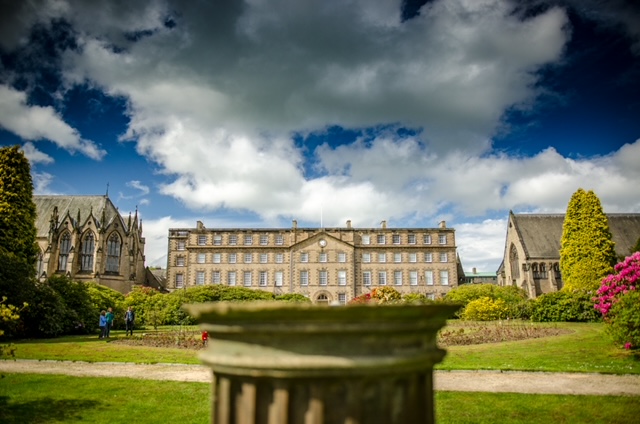
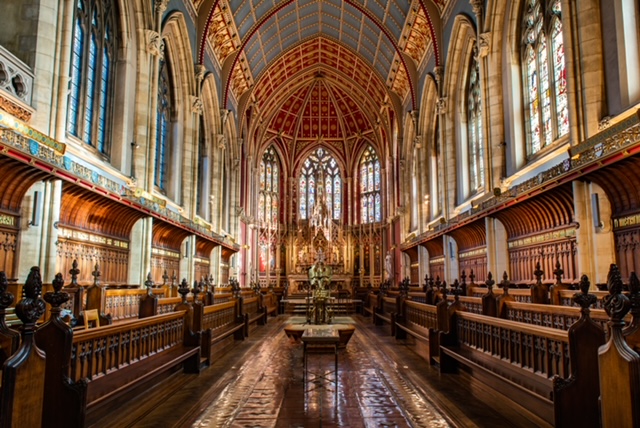

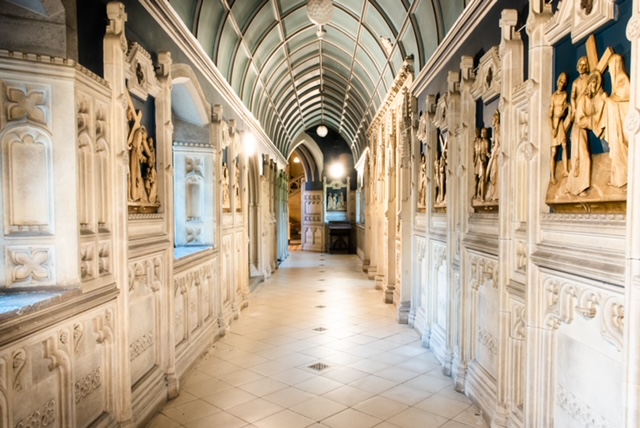
Ushaw Historic House, Chapels & Gardens. Photos Credit: Ushaw Historic House, Chapels and Gardens
What inspired you to curate an exhibition on Versailles and the Sun King, and how did you select the items that are on display?
Ushaw has a broad and eclectic permanent collection of objects including fine art, sculpture, church plate and furniture. As a former Catholic seminary, we also have a fascinating and extensive library collection. Many of the books in this collection are extremely rare. Since we started opening to the public in 2015, we’ve instituted a programme of sharing our collections with visitors through exhibitions and displays.
Our Cabinet du Roi volumes are undoubtedly one of the treasures of our collection and it made sense to highlight them in an exhibition.
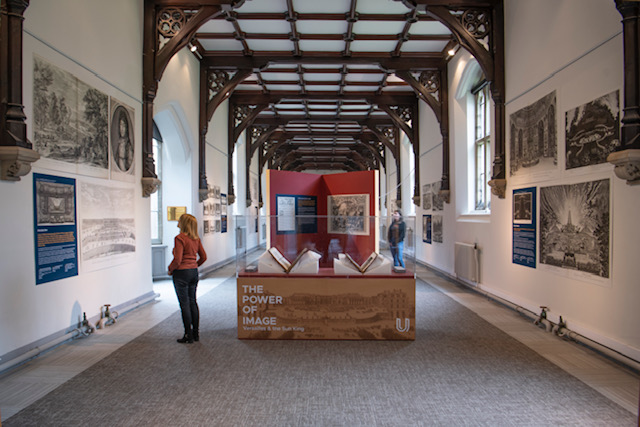
Can you tell us more about the Cabinet du Roi collection and what makes it so rare and significant?
Ushaw’s Cabinet du Roi collection is a suite of fifteen Morocco leather bound books produced in France between 1670 and 1710, during the reign of Louis XIV, the Sun King. Each volume contains a series of engravings reflecting the life and achievements of Louis XIV. For example, one book illustrates his military victories, another his royal palaces. A number of the engraved prints relate to Versailles, the château outside Paris that was significantly enlarged and developed at Louis’s behest.
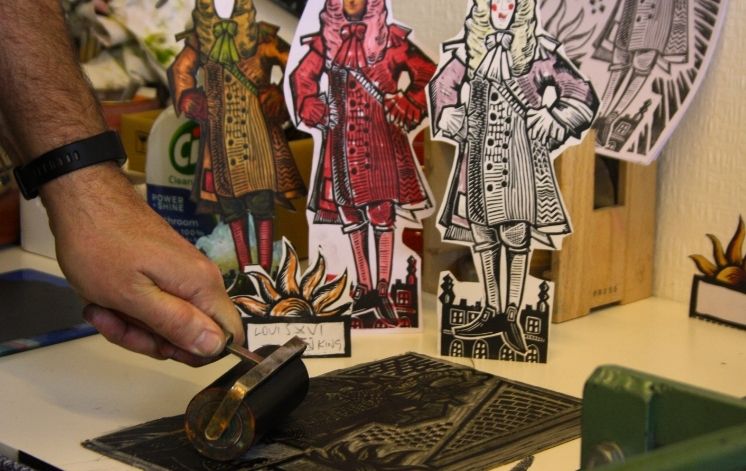
The books were produced to promote Louis’s gloire or glory within France and beyond. He was the Absolute Monarch, answerable only to God – printed images were the ideal way for him spread information about the places in which he lived, the décor and paintings he used within his residencies and, as he saw them, his other achievements. Once bound, the individual volumes would be gifted to visiting dignitaries and diplomats in order to disseminate Louis’s glory.
All of Ushaw’s volumes are the earliest versions published which makes them very rare indeed. We know that one of the volumes had a print run of 700 editions – how many of these have survived the intervening 350 years?
Ushaw’s collection is comparable to that held in the collection of the Bibliothèque nationale de France in Paris.
What was the process of creating the enlargements of the engravings like, and how did you decide on the scale and arrangement of the display?
In late 2022 and early 2023, every page of every volume of our Cabinet du Roi collection was digitally scanned by specialists at Durham University’s Library. This process created a high resolution image of every page and revealed that our collection contains 739 individual engraved prints.
Unfortunately, we do not have the available space to display reproductions of all of the engravings at the same time so we needed some point of focus. Versailles presented itself as a logical choice due to the number of images relating to the site and to Louis’s close association with it. The Power of Image, therefore, presents a visual insight into Louis and his development of Versailles.
The exhibition is divided into different sections, such as ground plans, the gardens, the festivals, the people who lived, worked and visited Versailles and so on. Each section includes a number of enlarged reproductions of the original engravings together with interpretative text. Collectively, the exhibition comprises over 130 enlarged reproductions.
Of particular interest are the sections that illustrate the Ambassadors’ Staircase, the ceiling of the Petite Galerie and the Grotto. Each of these features was richly decorated and designed and all three no longer exist. The Grotto was demolished in the late seventeenth century and both ceilings were dismantled in the middle of the eighteenth century. The engravings provide a valuable insight into these lost features.
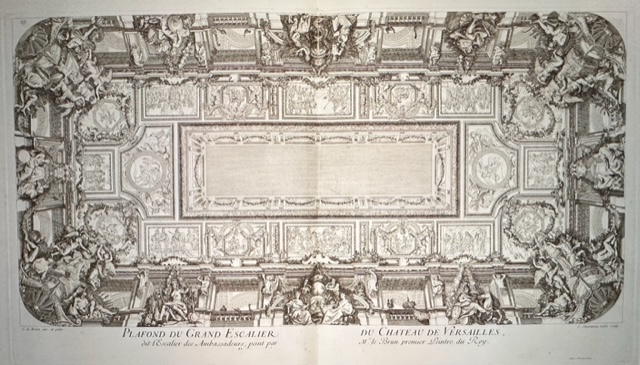
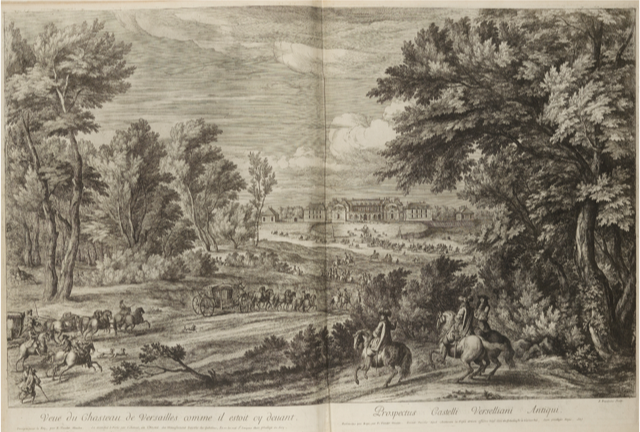
The exhibition also includes ten of the volumes, opened to reveal the beauty of the original engravings. I felt this was particularly important in order to provide context for the reproduced images and to provide a tangible link back to the Sun King.
Could you talk about some of the challenges you faced in curating this exhibition, and how did you overcome them?
There were no significant challenges. Putting an exhibition together is all about making choices – what to include, what to leave out, what themes and aspects will be explored. As mentioned above, Versailles seemed an obvious choice within the content of the Cabinet, thereafter it was question of deciding on the themes within this structure. I felt it was important to devote one section to the people of Versailles, and in particular to include a detail showing a labourer working in the formal gardens. Many thousands of people worked on the estate in the service of the King but, as you might expect, these people are not overly represented in the images in the Cabinet. I think these workers deserve to be recognised – the detail showing the gardener represents them all.
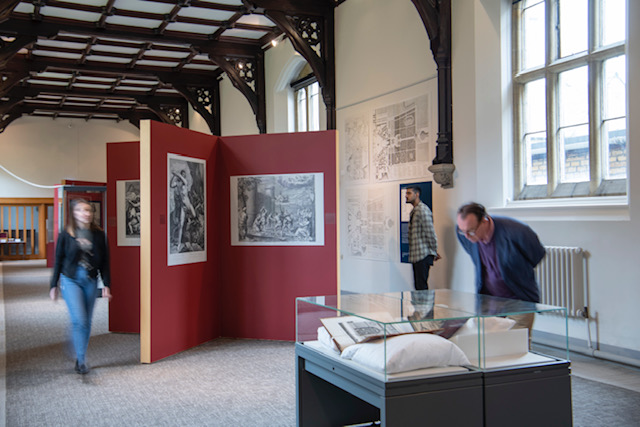
What do you hope visitors will take away from the exhibition, and how does it fit into Ushaw’s larger mission as an arts and heritage venue?
In essence and across all we do, we aim to provide visitors with a rewarding experience. The temporary exhibitions and events programme contributes to our proposition that there is always something new and surprising to see and experience at Ushaw – no two visits are the same.
In terms of The Power of Image, I hope visitors leave with a greater understanding of a particular time in history, that they enjoy the large-scale reproductions and the original volumes and that they have a greater insight into the nature of the collections we hold here at Ushaw.
The Power of Image: Versailles Exhibition. Video Credit: Ushaw Historic House, Chapels and Gardens
Could you share some insights into your upcoming projects at Ushaw, and how they build on the success of The Power of Image: Versailles & the Sun King?
We certainly plan to develop future exhibitions drawing on the resources from the Cabinet du Roi. The next exhibition in the series will likely explore some of the other royal places such as the Louvre and the Tuileries. This exhibition will be realised in 2025 or 2026.
The structure of this project – digitising the pages, reproducing these images and exhibiting them – has shown us how we can share more of our Library collections. As I mentioned earlier, our Library collection is extensive and includes numerous important illustrated volumes which, due to their nature, cannot be meaningfully exhibited. Digitising the contents changes this. Future initiatives will certainly include the digitisation and display of the first edition volumes of Mark Catesby’s Natural History of North Carolina, Florida and the Bahama Islands (1732-1747), for example.



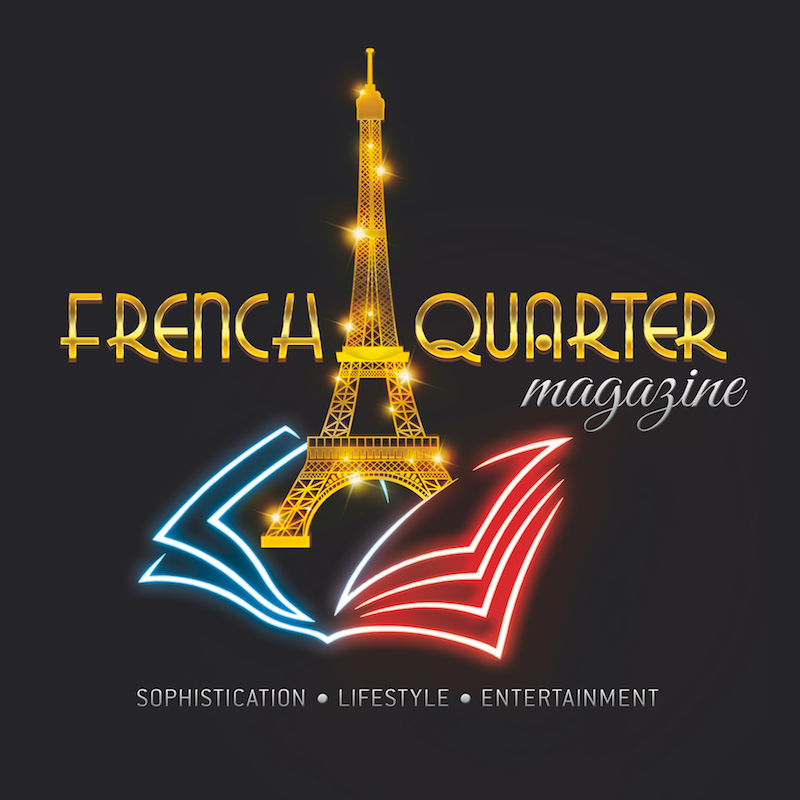
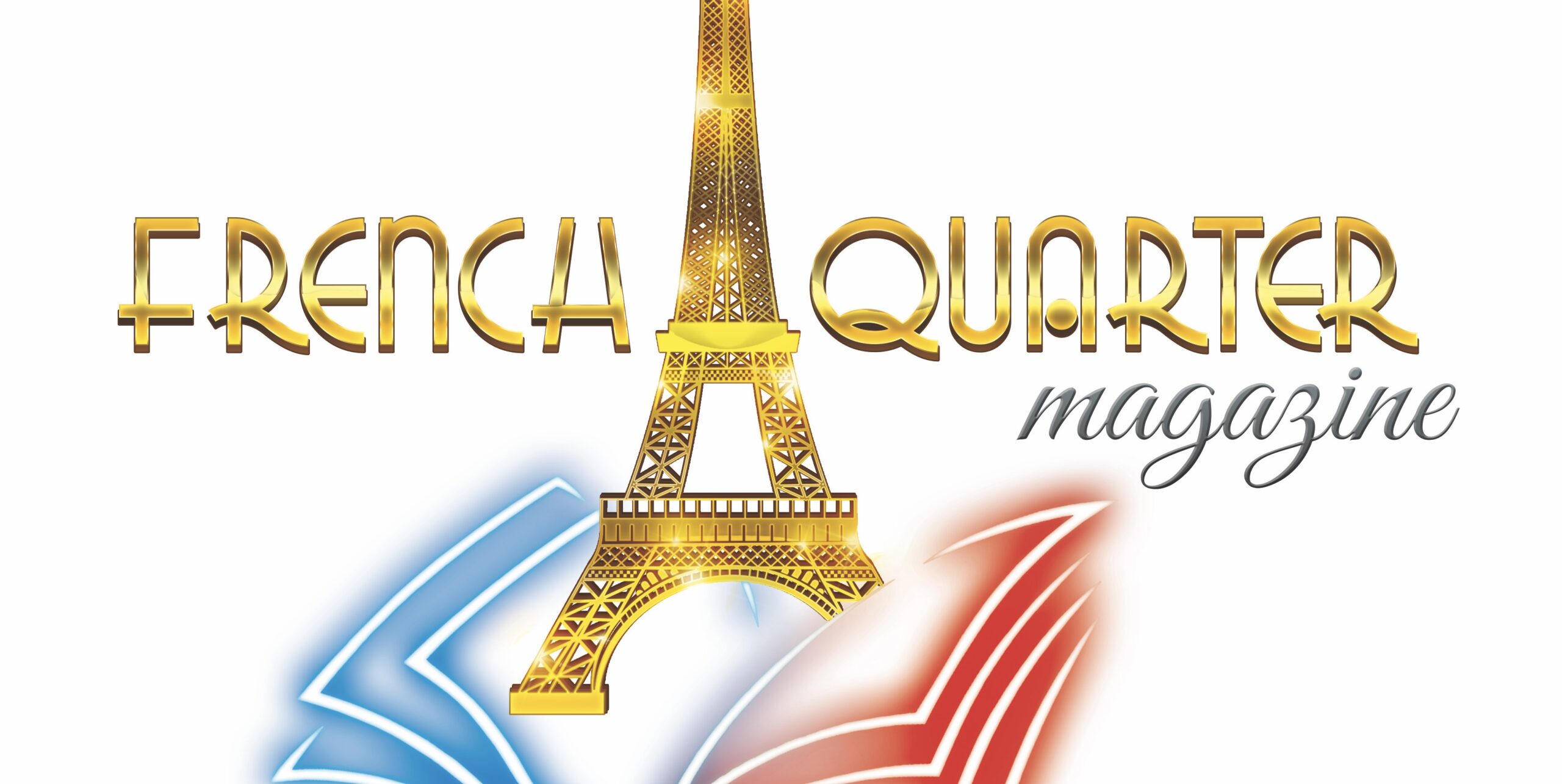


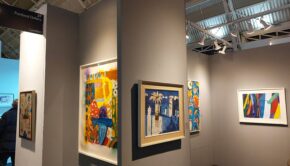







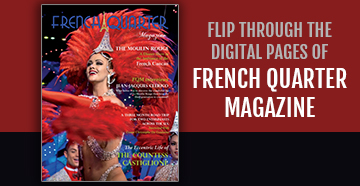


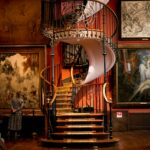


Fantastic read! This article does an excellent job of breaking down what smart homes are and how they’re transforming modern…